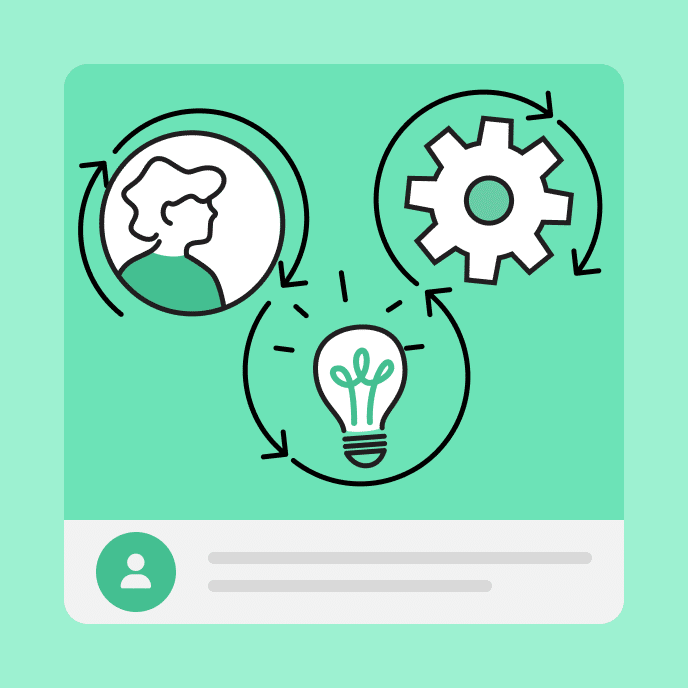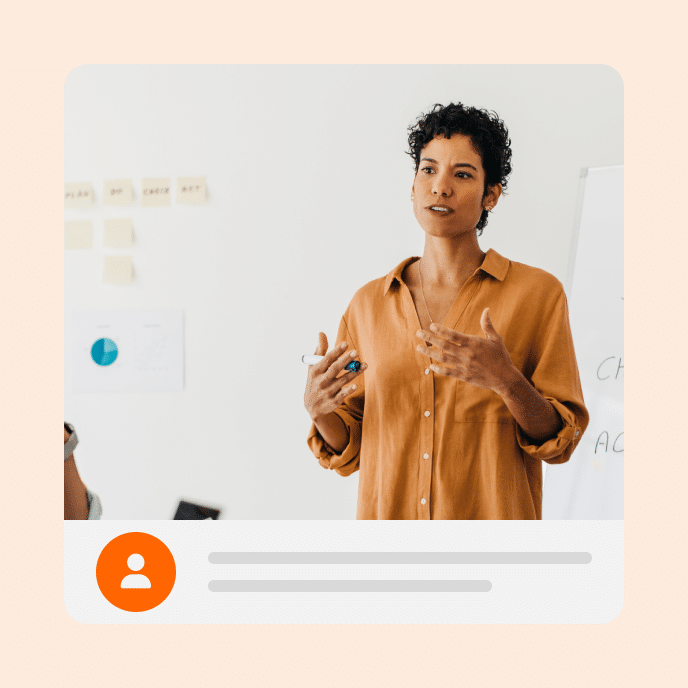The Essential Budget Categories For E-Learning Projects
Master the five key budget areas for e-learning success. Learn what to include in each category and smart ways to save money without sacrificing quality.

Understanding the building blocks of your e-learning budget
Planning an e-learning project budget doesn’t have to be overwhelming. By understanding the five core categories where you’ll need to invest, you can build a comprehensive budget that ensures your training succeeds. These building blocks form the foundation of any effective e-learning project.
Each category serves a specific purpose:
- Development tools give you the means to create
- Media assets engage your learners
- External expertise fills skill gaps
- Technical implementation ensures delivery
- Contingency planning prepares you for the unexpected
Together, these elements create a complete budget framework that supports quality training development.
The e-learning budget blueprint
Every successful e-learning project budget covers five essential areas. This blueprint helps you understand what each category includes, why it matters to your project’s success, and how you can save money without cutting corners.
| Budget Area | What You Need | Why It Matters | Money-Saving Tips |
| Development Tools | Authoring software, design tools, project management systems | These are your building blocks. Without the right tools, you’ll waste time on workarounds. | Look for all-in-one solutions, consider annual vs. monthly pricing, explore educational discounts |
| Media Assets | Graphics and illustrations, voice-over narration, video production, sound effects and music | Quality media makes your training more engaging and effective. Poor media can distract from your message. | Use built-in assets in authoring tools, try AI-generated voices, build a reusable asset library |
| External Expertise | Contract designers, subject matter experts, specialized programming, accessibility reviews, translation services | Sometimes you need specialized skills for specific parts of your project. The right expertise at the right time can save money overall. | Many authoring tools include accessibility features, use translation tools for basic needs, build relationships with reliable freelancers |
| Technical Implementation | LMS integration, custom programming, hosting fees, security testing | Even the best course won’t work if learners can’t access it or if it breaks in your LMS. | Test early and often, use standard formats (SCORM, xAPI), ask your LMS provider for integration tips |
| Project Contingency | 10-15% buffer for scope changes, extra review cycles, technical issues, additional media | Something always comes up. Having a buffer prevents you from having to cut corners when the unexpected happens. | Document change requests, set clear scope boundaries, be open with stakeholders about how contingency funds are being used and why |
Finding the right balance for your project
Not every project needs the same level of investment in each category. A text-heavy compliance course might need minimal media assets but more technical implementation for tracking. On the flipside, a sales training course might invest heavily in interactive scenarios and professional media.
The key is understanding your learning objectives and audience needs first, then allocating your budget accordingly. Don’t spread your budget evenly across categories—focus your resources where they’ll have the biggest impact on learning outcomes.
Key takeaways: Build your budget on a solid foundation
Understanding the five essential budget categories gives you a framework for planning any e-learning project. By knowing what each category includes and why it matters, you can make smarter decisions about where to invest and where to save. Remember that even small budgets can produce effective training when allocated strategically across these key areas.
You may also like

What is Sociocultural Theory?
Discover sociocultural theory, explore its core principles, and learn why Vygotsky’s methods became critical to learner success in the classroom and the workplace.

